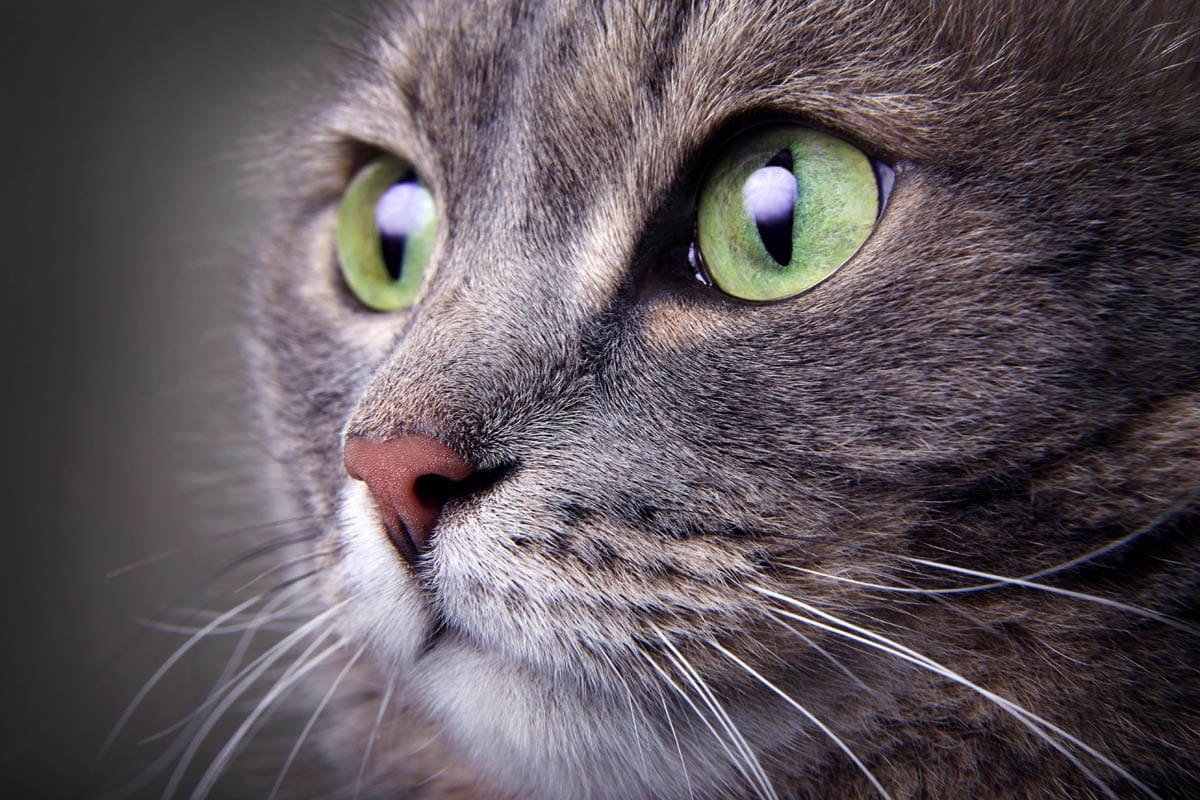What is anaphylaxis?
Also known as allergic shock, anaphylaxis is a severe, rapid onset and life-threatening reaction to an allergen.
Common allergens:
- Insect bite or sting
- Drugs, particularly antibiotics
- Vaccinations
- Food allergies
Anaphylaxis occurs when the body mounts an over the top reaction to a perceived threat (the allergen), the body will have had exposure to the allergen before, which would have stimulated an immune response, future exposures can result in more severe responses.
During anaphylaxis, IgE (antibodies) bind to the antigen (the allergy-producing substance), which triggers receptors on mast cells and basophils to release their cytotoxic granules. These contain compounds including histamine and serotonin, which result in constriction of the airways, making breathing difficult, and causing the blood pressure to drop.
Symptoms
Onset is rapid, usually, within minutes (but sometimes hours) of exposure, common symptoms include:
- Difficulty breathing
- Pale mucous membranes
- Weak pulse
- Rapid swelling of the affected area
- Itchiness
- Facial swelling
- Hives (skin rash)
- Gastrointestinal symptoms such as vomiting or diarrhea
- Wheezing
- Trembling
- Low body temperature
- Collapse
Diagnosis
Obviously presenting symptoms can be indicative of anaphylaxis. Immediate treatment is necessary to save your cat’s life.
Once the emergency has been addressed, the veterinarian may wish to run some tests to determine the cause of the allergic reaction (if it is not known). This involves a patch test where a minute amount of common allergens are pricked onto your cat’s skin. The area is then covered and re-examined for signs of redness and swelling 24-48 hours later.
Emergency care
If the cat’s heart has stopped beating, you will need to perform CPR. To check for a heartbeat, press against the rib cage over the heart.
If possible, have somebody administer CPR as you transport your cat to the veterinarian, call on the way so that they can be on standby.
Treatment
Anaphylaxis is a medical emergency that requires immediate veterinary treatment.
Administration of epinephrine (adrenaline) will be necessary. This is an intramuscular injection that counteracts adverse effects by relaxing the airways to breathing easier, elevating blood pressure by causing constriction (tightening) of the blood vessels (which dilate during anaphylaxis) as well as preventing the further release of cytotoxic granules.
Supportive care such as oxygen therapy and IV fluids may also be given.
How is anaphylaxis managed?
Avoidance of the allergen if possible, this is why it is important to undergo skin patch tests to try and determine the cause. Switching medications or food if these are the cause.
Always alert the cat’s veterinarian if your cat has had a previous allergic reaction to a drug or vaccine.

